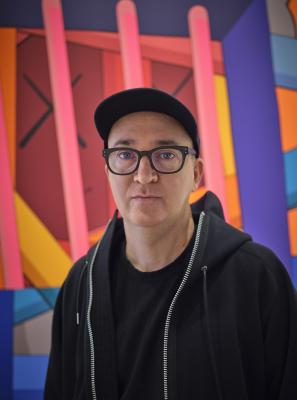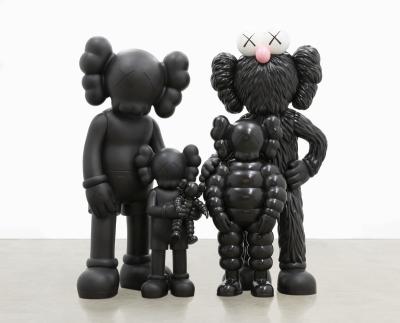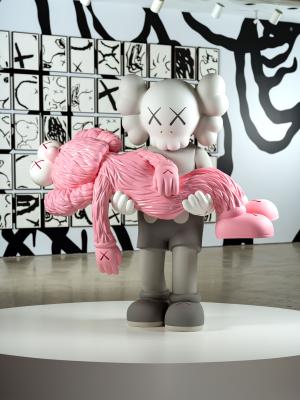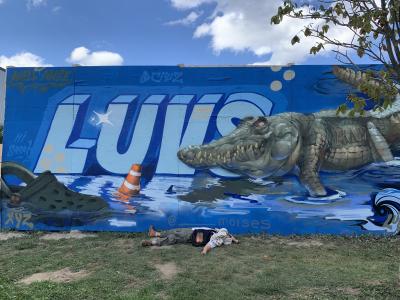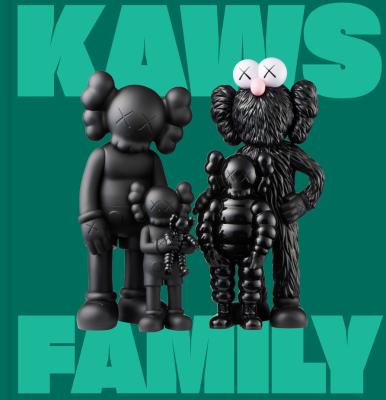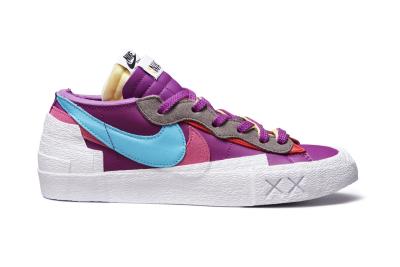Before KAWS, There Was Brian Donnelly
Read about the origins of KAWS in this excerpt from the AGO exhibition catalogue
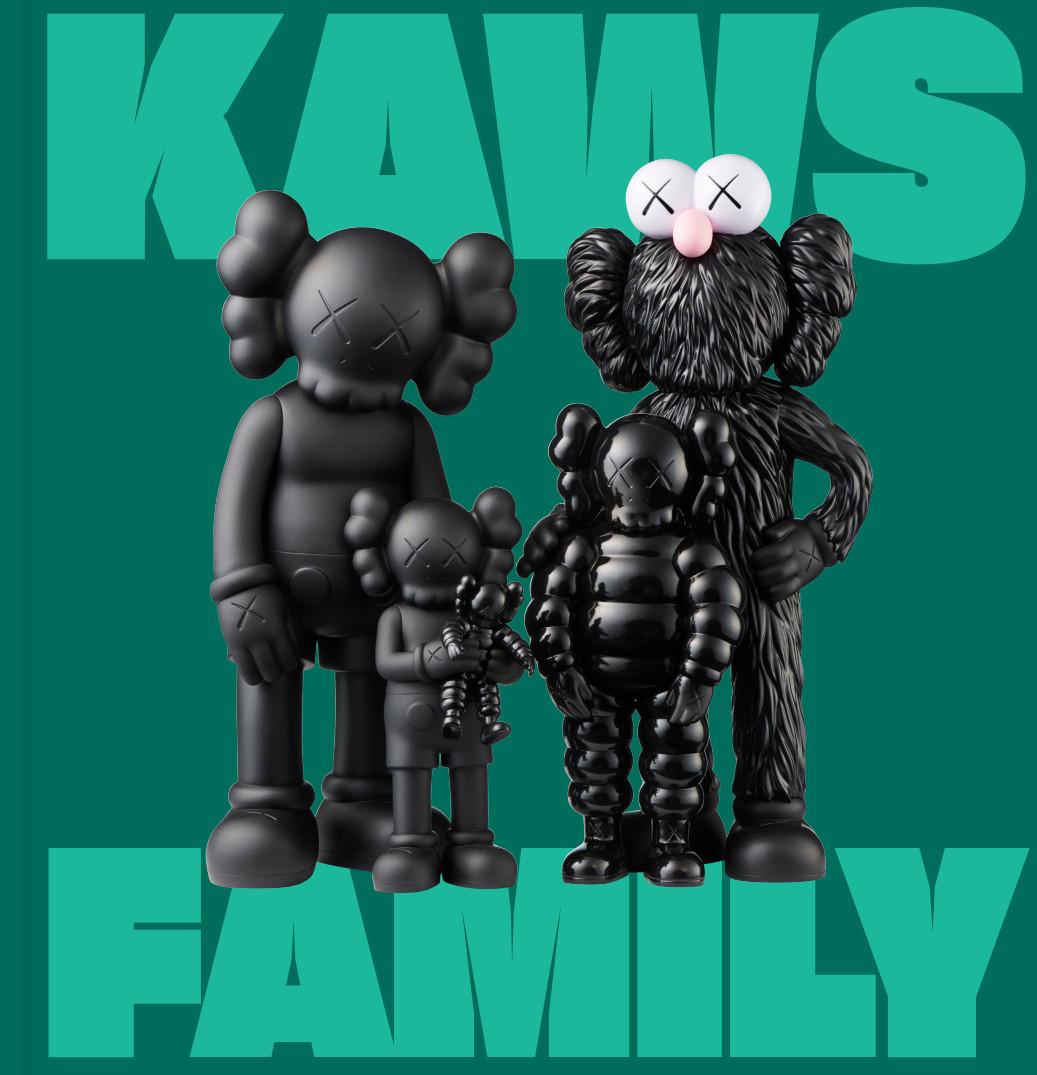
KAWS: FAMILY. 2024. Artwork © KAWS. Cover image: AGO
Since the exhibition KAWS: FAMILY opened at the AGO in September 2023, Foyer has explored the Brooklyn-based artist's practice as he made his Canadian museum debut. We spoke directly to KAWS in an interview, highlighted various mediums in his work, met each member of the KAWS family, and learned more about the world of KAWS from a collector’s perspective.
As KAWS: FAMILY closes on August 5, 2024, we turn now to the exhibition catalogue, available for purchase online and in-store at the AGO Shop. In this excerpt from an essay by Julian Cox, AGO Deputy Director and Chief Curator, read about the origins of KAWS and the inspiration behind the AGO exhibition.
---
One of the greatest American poems of the twentieth century, William Carlos Williams’s Spring and All is an electric manifesto of the enduring power of the imagination, all precision and sharp-edged language. Williams grew up and practised his daytime profession as a physician in the town of Rutherford, New Jersey, about fifteen kilometres northwest of Jersey City, the future birthplace and childhood home of Brian Donnelly, the artist known as KAWS. Although separated by generation, culture, and chosen creative medium, this unlikely Garden State pairing share in common an unmistakable attention to the functioning of the imagination and how it operates in the creation and reception of their art. This focus extends to an acute sensitivity that is paid to the cultural moment and its evolving traditions, which is an acquired skill as much as it is a mindset.
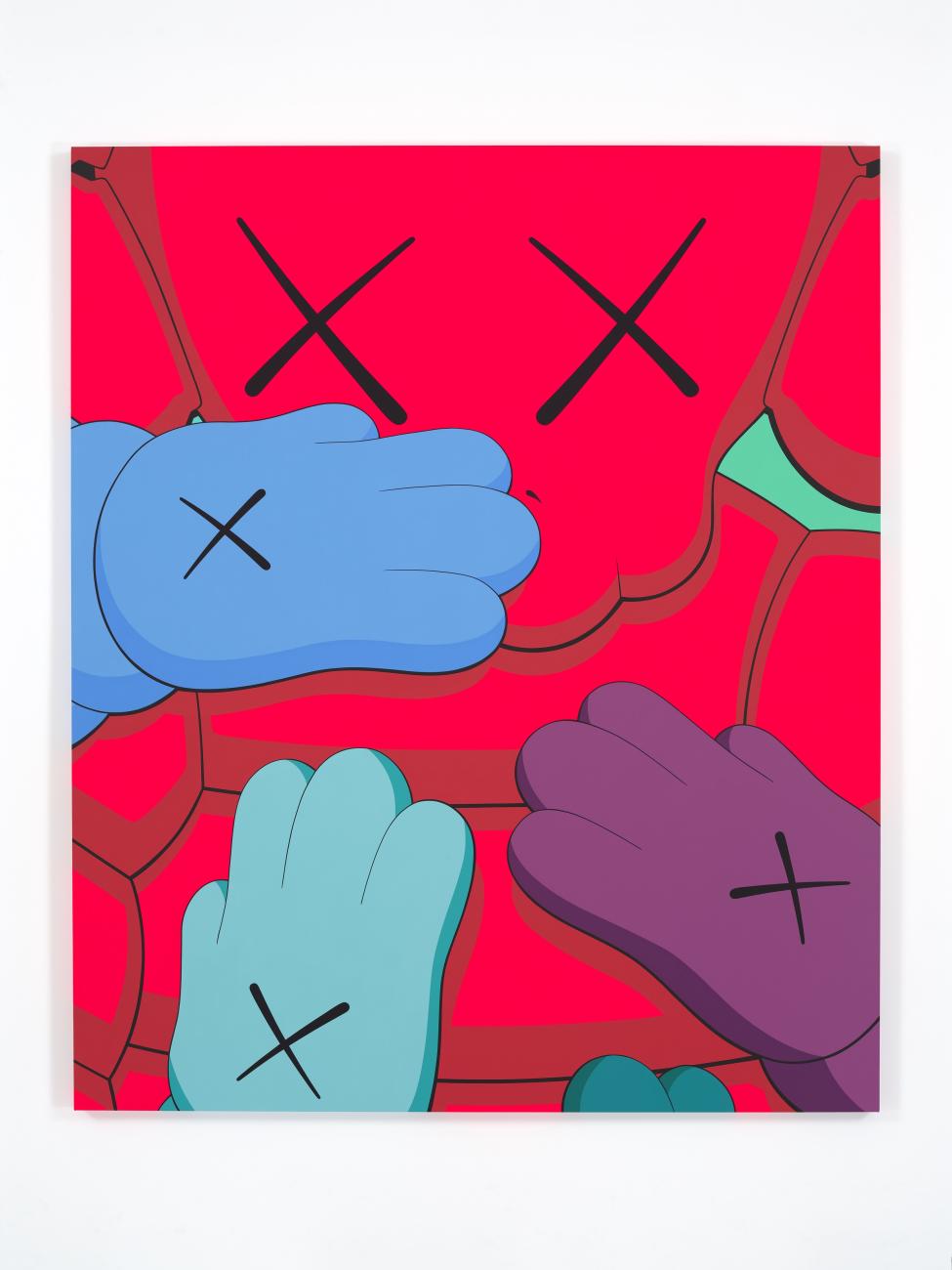
KAWS. URGE (KUB3), 2020. Acrylic on canvas, 218.4 × 182.9 × 3.8 cm. © KAWS. Photo: Farzad Owrang
In a career spanning three decades, KAWS has established himself as a highly adept crossover artist, moving seamlessly between different materials and technologies in pursuit of new outlets for his creativity. KAWS: FAMILY is the first exhibition and publication organized around a singular theme and a specific work — FAMILY (2021) —and the first to resist the largely chronological presentation of the artist’s work that has been the focus of most other museum exhibitions to date. The AGO’s goal is to show selective groups of works that demonstrate KAWS’s exploration across multiple materials and platforms. Since the 1990s, for example, his ubiquitous COMPANION figure has been fabricated and deployed in an assortment of sizes and modes, from desktop figurines in vinyl and small plush toys to monumental large-scale installations and inflatable interventions across the globe. They are all variations on a theme, a form of versioning that has reached exalted heights in its technical and aesthetic refinement and levels of audience engagement. The COMPANION is the artist’s most recognizable figure; among the well-fashioned retinue of actors who also makeup the KAWS “family” are CHUM, a chunky counterpart riffing on the Michelin Man, and BFF, a furry cousin inspired by Grover from Sesame Street. All three are simultaneously strange and familiar, forming a malleable troupe with whom the artist can adapt poses and gestures to evoke a range of human emotions: “I wanted to create an emotional connection that could reflect our times and how I feel.” The savvy manoeuvre here is that KAWS depersonalizes and then repersonalizes his characters; they are overhauled and remade into still-recognizable but mutable symbols, outfitted to prevail in the worlds of both commerce and fine art.
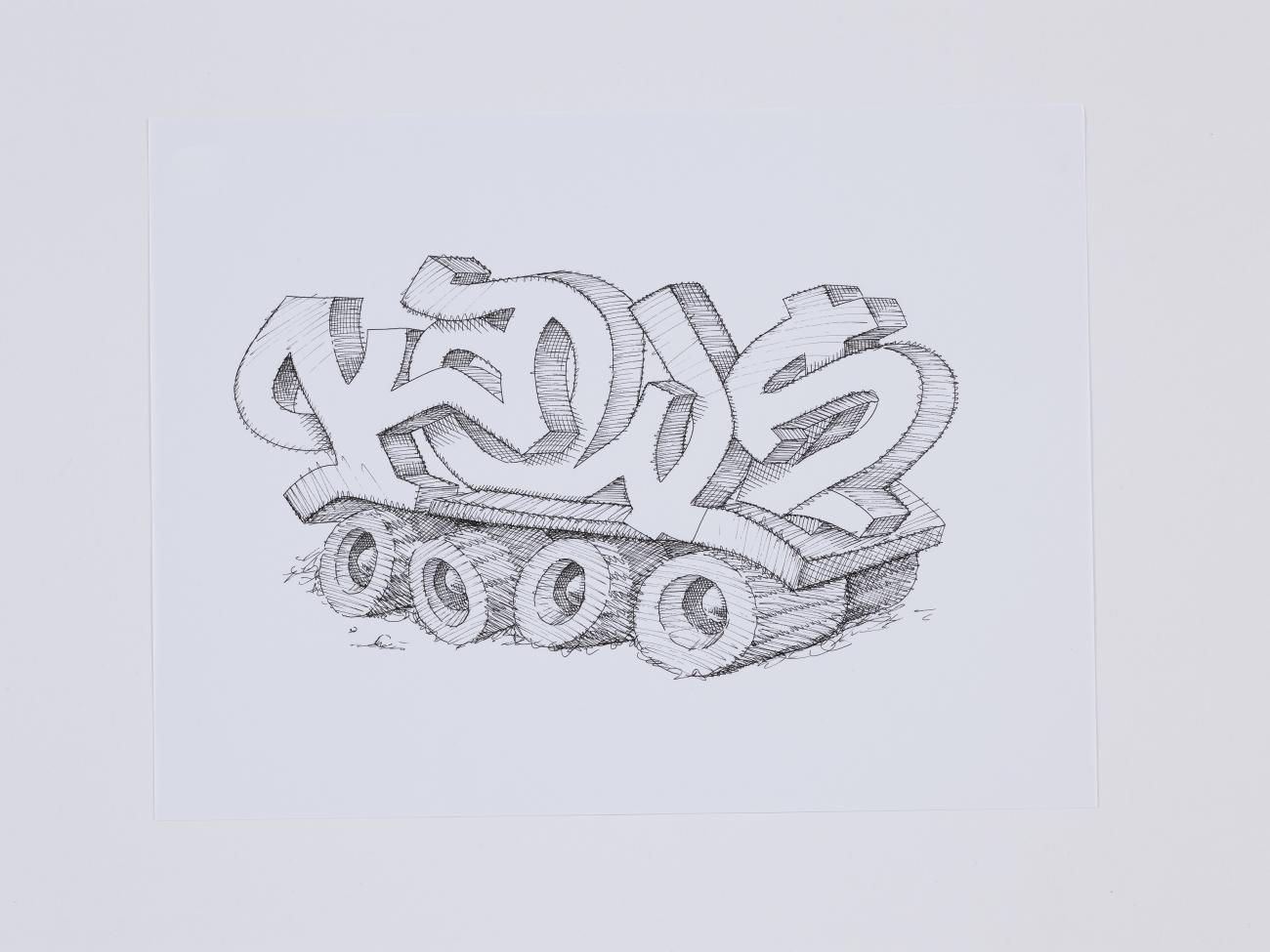
KAWS. UNTITLED (KAWS), 2018. Ink on paper, 22.9 x 22.9 cm. © KAWS. Photo: Farzad Owrang
Before KAWS there was Brian Donnelly (born 1974), a middle-class kid from Jersey City who began drawing incessantly at an early age. Soon enough, skateboarding and graffiti culture were dual outlets for creative fulfillment. Donnelly’s four-letter moniker —KAWS — was made for rapid and elusive tagging on mass-transit trains, bridges, underpasses, and other interstitial urban spaces that taggers frequent. It has no specific meaning: “It’s just letters that I liked, ‘K-A-W-S.’ I felt like they always work and function nicely with each other." The various forms his tag would take were influenced by his collaboration with other “writers,” such as ZEPHYR, WEST, and NACE. His notebooks and sketch pads from the 1990s are brimming with energy and virtuosic riffs on how his own four letters can work together, ranging in form from blocky and monumental to mazy, elastic, and almost hieroglyphic. KAWS’s notebooks belie the typical perception of graffiti as a purely spontaneous, rebellious, and ragtag activity marked by little in the way of planning and preparation. The sketchbooks and pocket-sized prototype drawings show how thoughtful and deliberate KAWS was in his groundwork. He honed his craft in tandem with a network of taggers whose imaginative flair and daring was a huge spur to his own endeavors. Graffiti culture is like a laboratory for the production of public art, with a social message and “content” for large audiences. It also offers community and partnership, things central to KAWS’s outlook from the beginning that have sustained him ever since, stimulating a profusion of collaborations across multiple markets and networks. His time as a graffiti artist was therefore foundational to what would become the ethos of his current practice: claiming public spaces, communicating with broad audiences, and cultivating recognizability through strategic branding and iconography.
---
To read the rest of this essay, grab a copy of the exhibition catalogue KAWS: FAMILY in person at the AGO Shop or online at shop.ago.ca.
See a range of works from across KAWS’s career in KAWS: FAMILY, on view on Level 2 of the AGO in Signy Eaton Gallery (gallery 224), Galleria Italia (gallery 223) and Al Green Gallery (gallery 252) until August 5, 2024. Organized by the AGO, the exhibition is curated by Julian Cox, AGO Deputy Director and Chief Curator.

